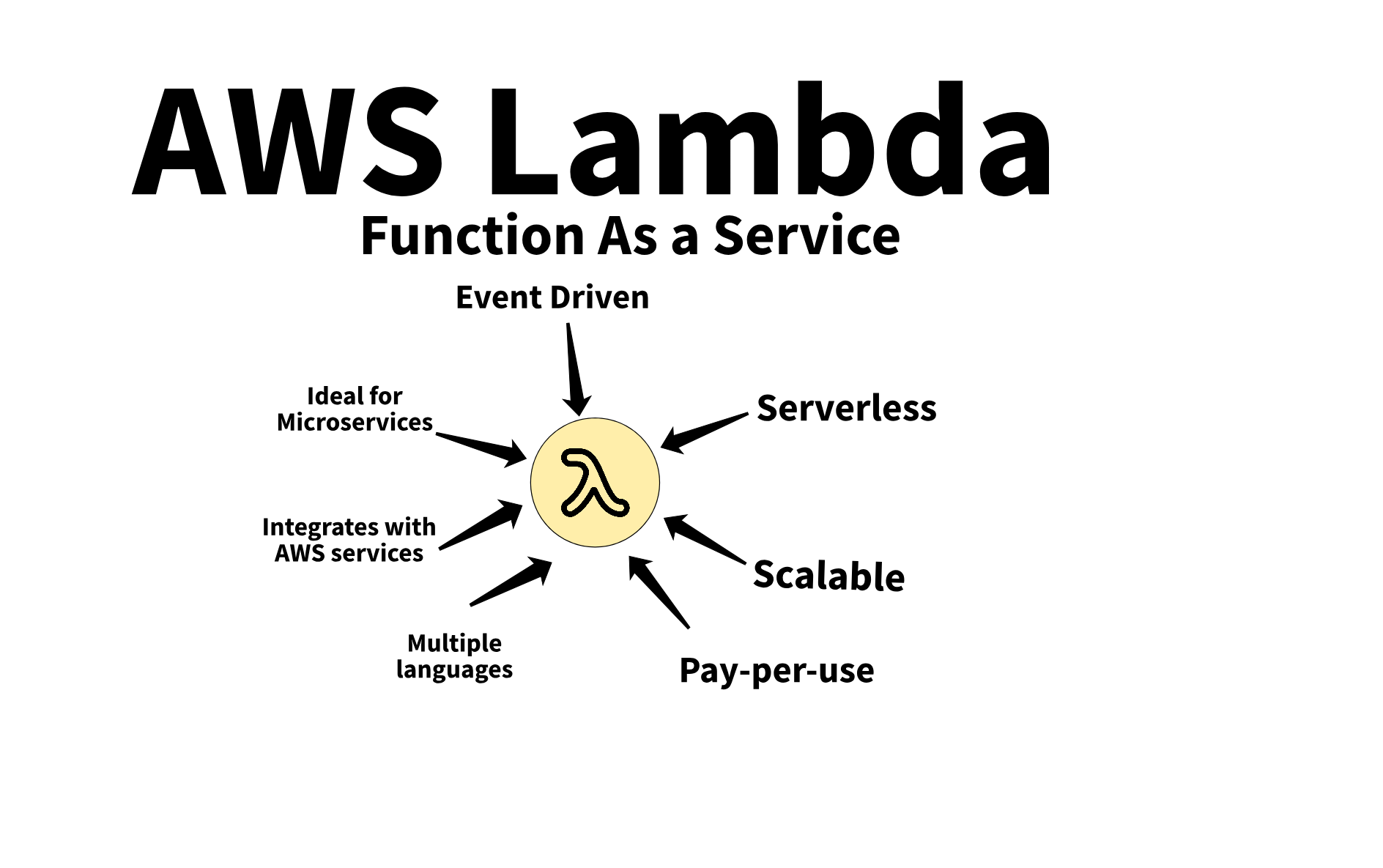
Understanding Serverless Computing in the Modern Cloud Era
What is Serverless?
This is a crucial question in the modern era of cloud computing, as serverless represents a paradigm shift in software development.
In the pre-cloud computing era, we primarily thought about applications that run constantly. For instance, an Apache web service would be running continuously, even without incoming requests. This approach leads to significant inefficiencies.
The Inefficiency of Always-On Systems
Consider a modern house: you wouldn’t want the lights running 24⁄7. It would incur unnecessary energy expenses and increase your carbon footprint. This always-on approach is highly inefficient.
The Serverless Approach: On-Demand Computing
Serverless computing mirrors the efficiency of modern home automation:
- Event-Driven: Like motion-activated lights, serverless functions respond to specific triggers.
- Stateless: Functions don’t maintain ongoing state between invocations.
- Auto-Scaling: Resources scale automatically based on demand, similar to your home’s electricity usage.
- Logic to Live: Pieces of code that come alive when needed.
The Light Bulb Analogy
A garage light bulb serves as an excellent analogy for serverless computing:
- Manual Invocation: You can turn on the switch (direct function call).
- Timer-Based: The light can turn on at midnight (scheduled events).
- Sensor-Activated: Motion or the garage door opening can trigger the light (event-driven execution).
Simplicity in Coding
Serverless offers perhaps the simplest way to write code. Whether it’s a Python, Rust, or Go function, the process is straightforward: 1. Input comes into the function 2. The function processes the input 3. The function returns the result
This “logic to live” approach is the essence of serverless computing.
Efficiency and Use Cases
Serverless is particularly useful for: - Efficient, low-latency workloads - Data engineering tasks - Building modern, cloud-native workflows
AWS Lambda stands out as one of the most popular examples of serverless computing, enabling developers to create highly efficient and scalable applications.
In conclusion, serverless computing represents a significant leap forward in how we approach software development and deployment in the cloud era. By aligning closely with principles of on-demand resource usage and event-driven architecture, it offers a more efficient, scalable, and cost-effective solution for many modern computing needs.